Discover how a new DNA editing breakthrough in Lactobacillus Offers is transforming the development of safer, more effective probiotics. Learn what this means for gut health and future therapies.
A New Era for Probiotics
Probiotics have long been heralded as one of the simplest ways to support gut health, with Lactobacillus strains leading the pack due to their natural presence in the human digestive system. But a recent breakthrough in DNA editing technology is set to revolutionize how these bacteria are used. Scientists have developed a highly precise method to genetically edit Lactobacillus, paving the way for safer and more targeted probiotic therapies.
This article explores the significance of DNA editing in Lactobacillus Offers, how it works, and why this development could reshape our understanding of probiotics, disease treatment, and microbiome health.
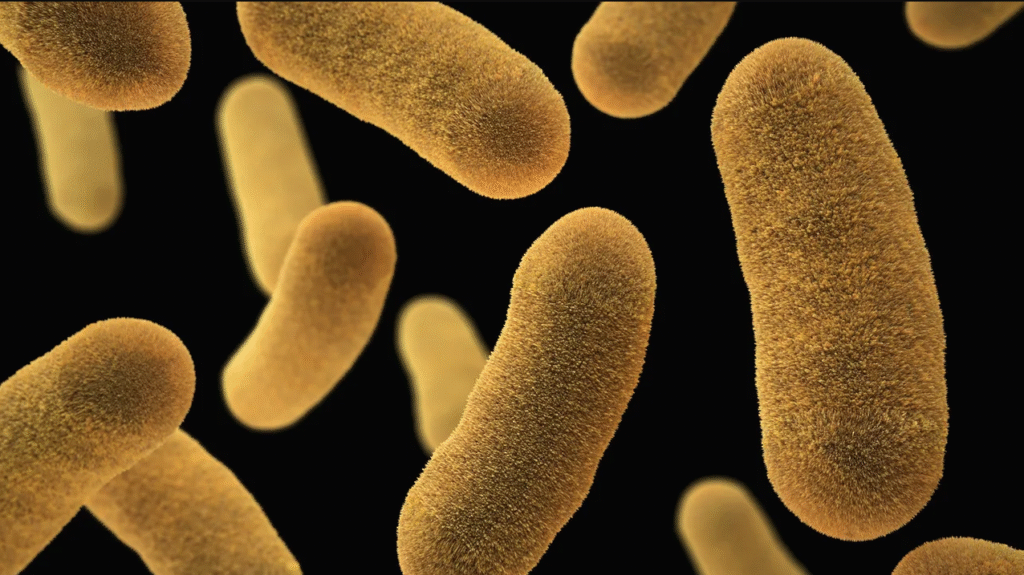
Section 1: The Role of Lactobacillus in Human Health
Lactobacillus is a genus of beneficial bacteria found in the human gut, mouth, and vaginal microbiota. These microbes are crucial for maintaining a balanced microbiome, aiding digestion, producing vitamins, and protecting against pathogenic invaders.
Key Functions:
- Regulating immune response
- Enhancing nutrient absorption
- Reducing inflammation
- Synthesizing B vitamins and short-chain fatty acids
However, not all strains are equal, and until now, scientists have had limited control over the genetic behavior of these microbes. This limitation often resulted in probiotics that were beneficial but non-specific in their function.
Section 2: The Breakthrough in DNA Editing Human Health
The major development comes from applying CRISPR-Cas systems and other genome editing tools to Lactobacillus. This technology allows scientists to precisely delete, insert, or modify specific genes in a way that preserves the organism’s viability and safety.
Breakthrough Highlights:
- Targeted Gene Editing: Allows removal of unwanted or potentially harmful genes.
- Improved Stability: Engineered strains can better withstand storage and gastrointestinal conditions.
- Enhanced Functionality: Scientists can now program strains to produce therapeutic compounds or outcompete harmful bacteria.
This precise control over Lactobacillus DNA Editing marks a turning point in both microbiology and functional food development.
Section 3: Applications of Edited Lactobacillus in Probiotics
Genetically edited Lactobacillus strains offer numerous applications that go far beyond conventional probiotic use.
1. Personalized Probiotics Edited strains can be customized to match an individual’s microbiome composition. This approach allows for:
- Precision gut health management
- Improved outcomes in people with IBS, IBD, or leaky gut syndrome
2. Therapeutic Delivery Vehicles Lactobacillus can be engineered to deliver biologically active compounds directly to the gut, including:
- Anti-inflammatory peptides
- Insulin analogs
- Vaccines and immunotherapies
3. Safer Probiotic Profiles By removing genes associated with antibiotic resistance or pathogenic potential, edited Lactobacillus strains offer a safer profile, particularly for immunocompromised individuals.
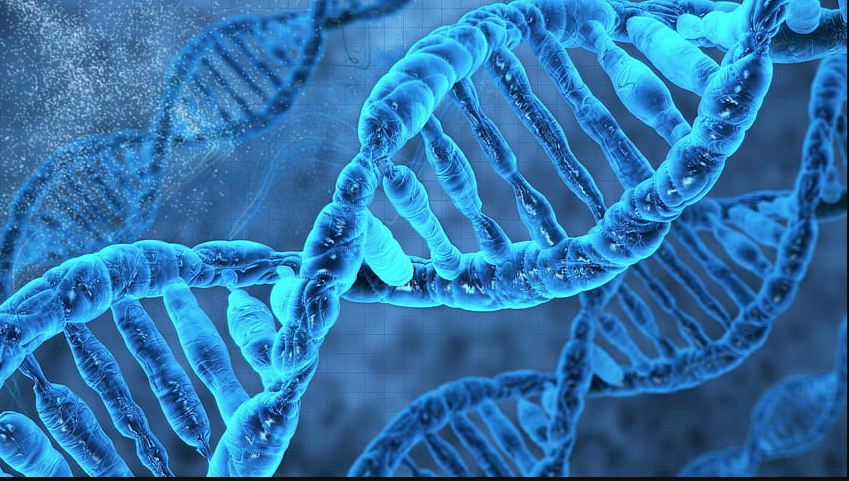
Section 4: Addressing Safety and Ethical Concerns
Gene editing, particularly in microbes that are ingested by humans, raises valid concerns. Developers of these edited probiotics are actively addressing these through:
- Stringent Testing: All strains are rigorously tested in pre-clinical and clinical trials.
- Traceability: Gene edits are clearly mapped and documented to ensure transparency.
- No Horizontal Gene Transfer: Strains are designed to prevent the sharing of genetic material with other gut flora.
Regulatory Approval The FDA and other global bodies are developing frameworks to regulate edited probiotic products. Several edited strains are already in early-stage human trials under investigational new drug (IND) applications.
Section 5: Comparing Traditional vs. Genetically Edited Probiotics
| Feature | Traditional Probiotics | Edited Lactobacillus Probiotics |
|---|---|---|
| Genetic Precision | Low | High |
| Therapeutic Customization | Limited | Highly customizable |
| Safety Assurance | Variable | Genetically enhanced |
| Shelf Stability | Moderate | Improved |
| Regulatory Path | Established | Evolving |
Section 6: Implications for Global Human Health
Lactobacillus DNA editing could be especially impactful in addressing health disparities globally. In developing nations where antibiotics and healthcare infrastructure are limited, customized probiotics can serve as:
- Preventive Treatments: For gut infections and malnutrition
- Therapeutic Adjuncts: Supporting HIV and tuberculosis treatments
- Low-Cost Interventions: Providing immune and gut support at scale
Section 7: Future Directions in Probiotic Research
As the field evolves, researchers are exploring:
- Synbiotics: Combining edited Lactobacillus with precision prebiotics
- Microbiome Engineering: Editing entire communities for ecosystem balance
- Smart Probiotics: Engineered to respond to specific gut biomarkers
Collaborations between biotech firms, research institutions, and regulatory bodies will be key to bringing these innovations to market.
Section 8: How Consumers Can Benefit
Consumers can look forward to a new generation of probiotics that are:
- More effective
- Personalized to health needs
- Verified for safety and genetic integrity
As with any supplement, individuals should consult healthcare providers, especially when considering probiotics for medical conditions.
A Probiotic Revolution Rooted in DNA
The ability to edit the DNA of Lactobacillus marks a pivotal moment in the evolution of probiotics. From enhancing safety to personalizing therapies, this breakthrough holds the promise of transforming digestive and systemic health. As regulatory frameworks adapt and public understanding grows, genetically edited probiotics could become a cornerstone of modern wellness strategies.
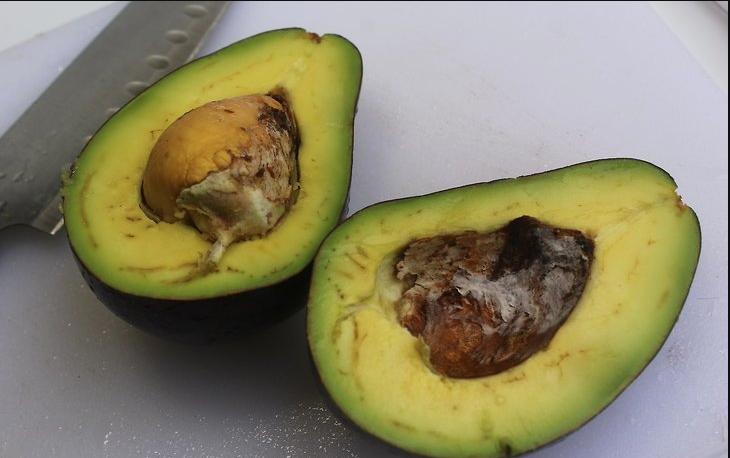
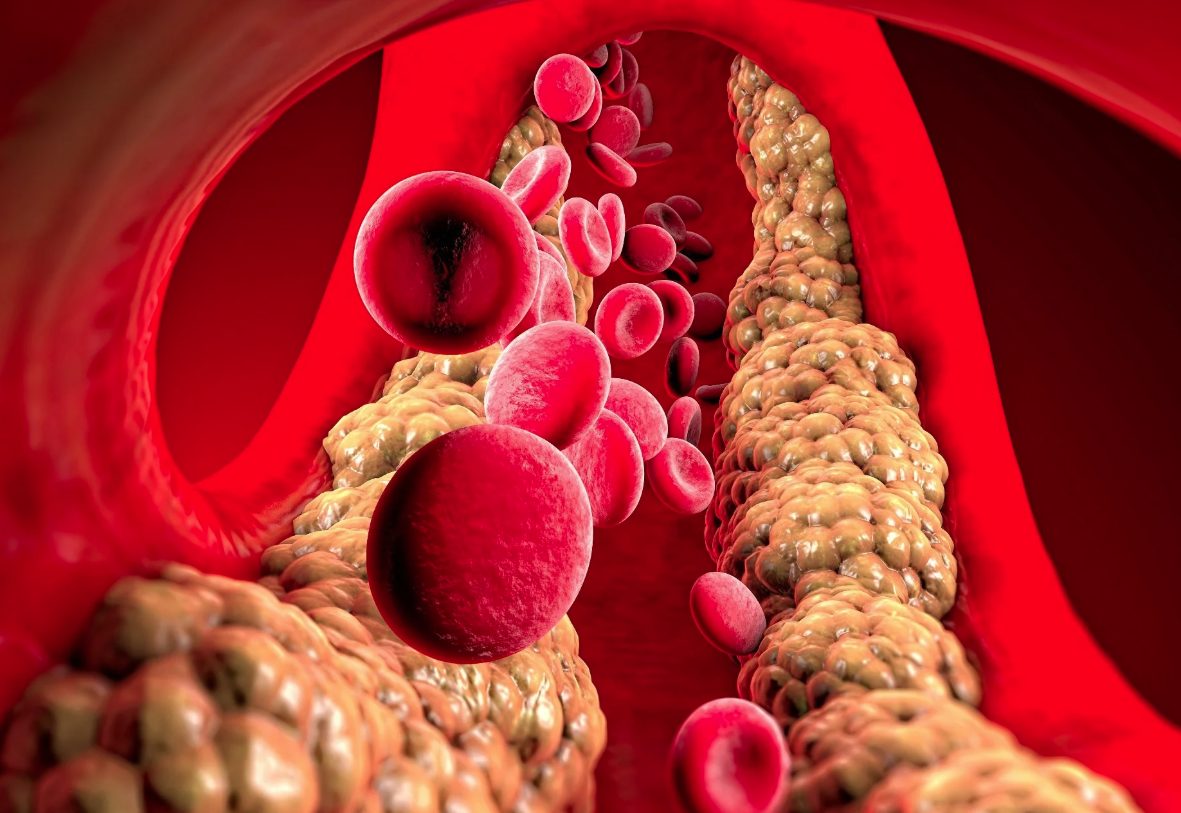
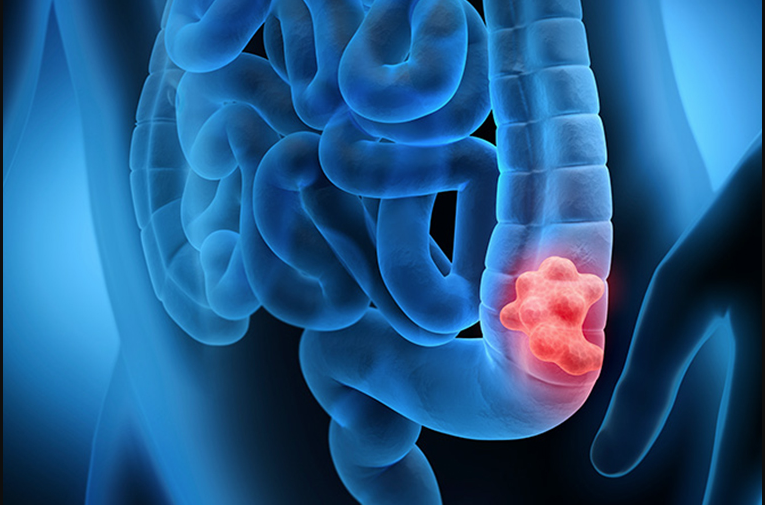
One thought on “Breakthrough DNA Editing in Lactobacillus Offers Safer Probiotics in 2025”
Comments are closed.